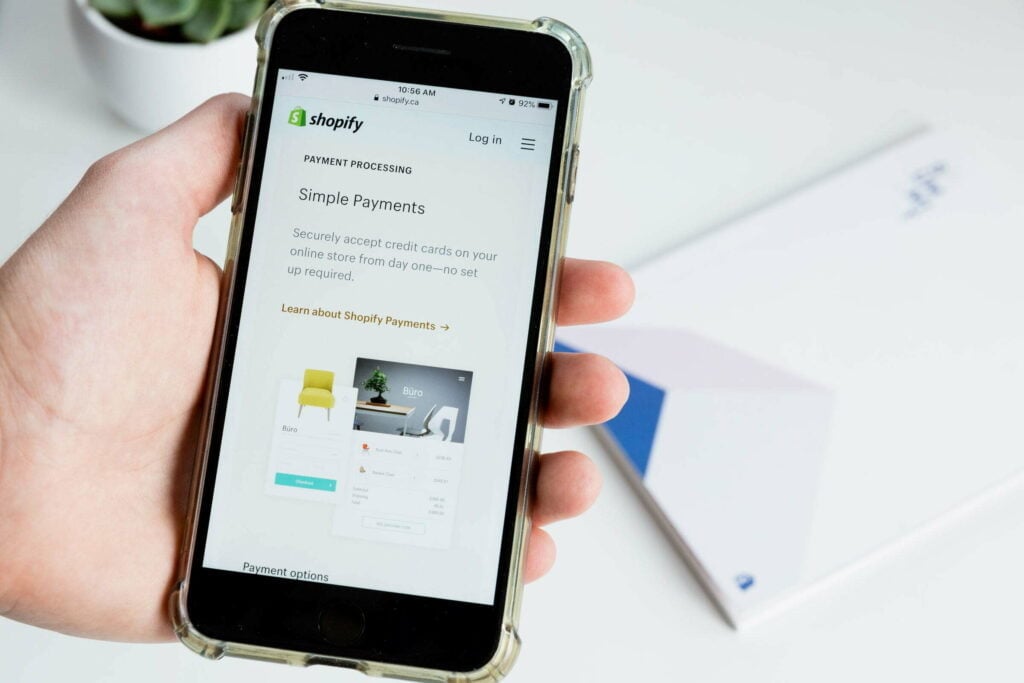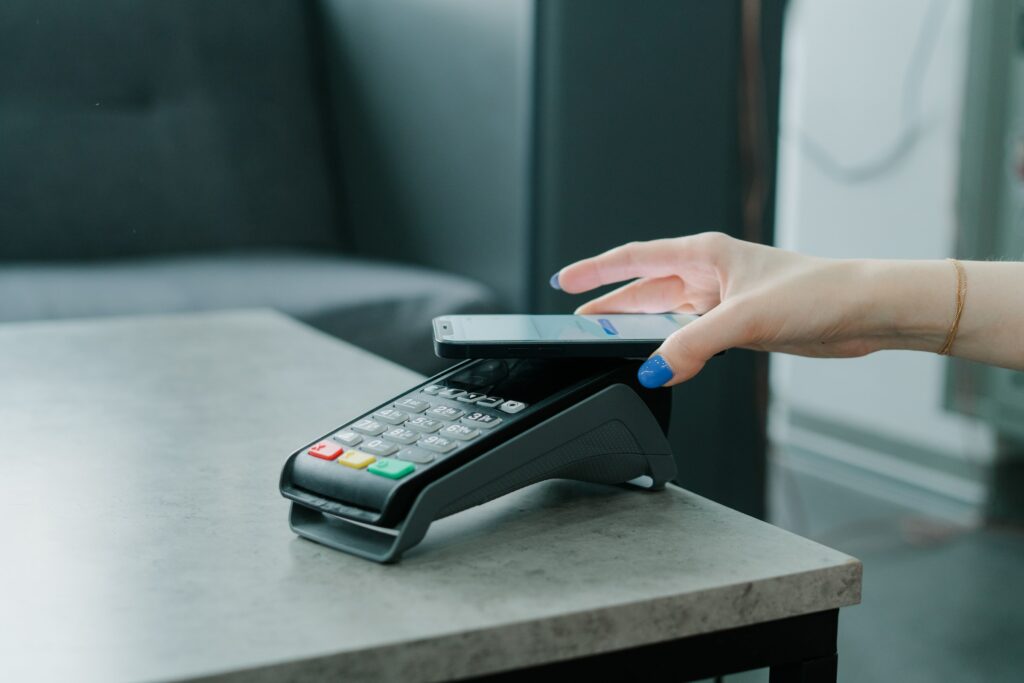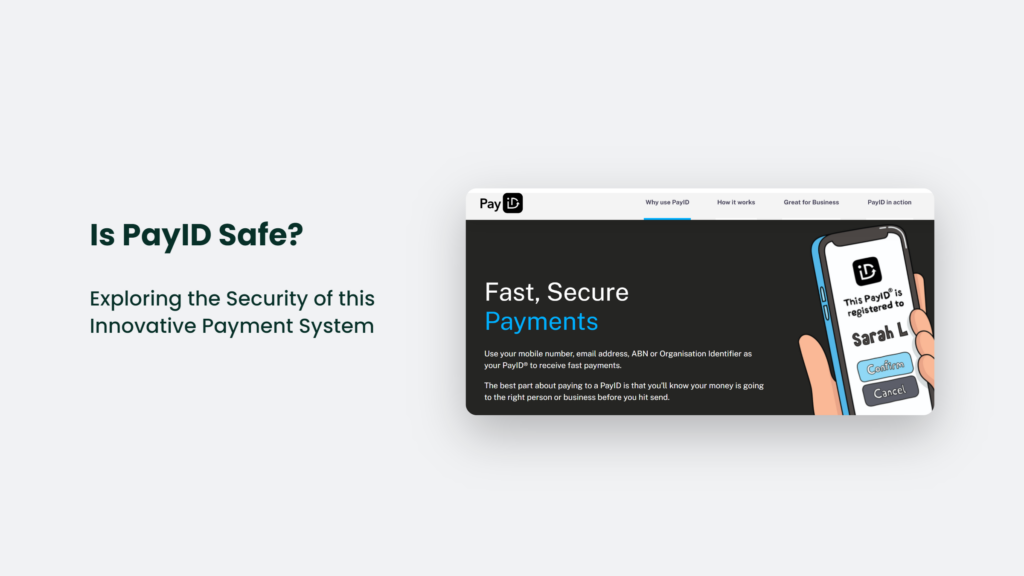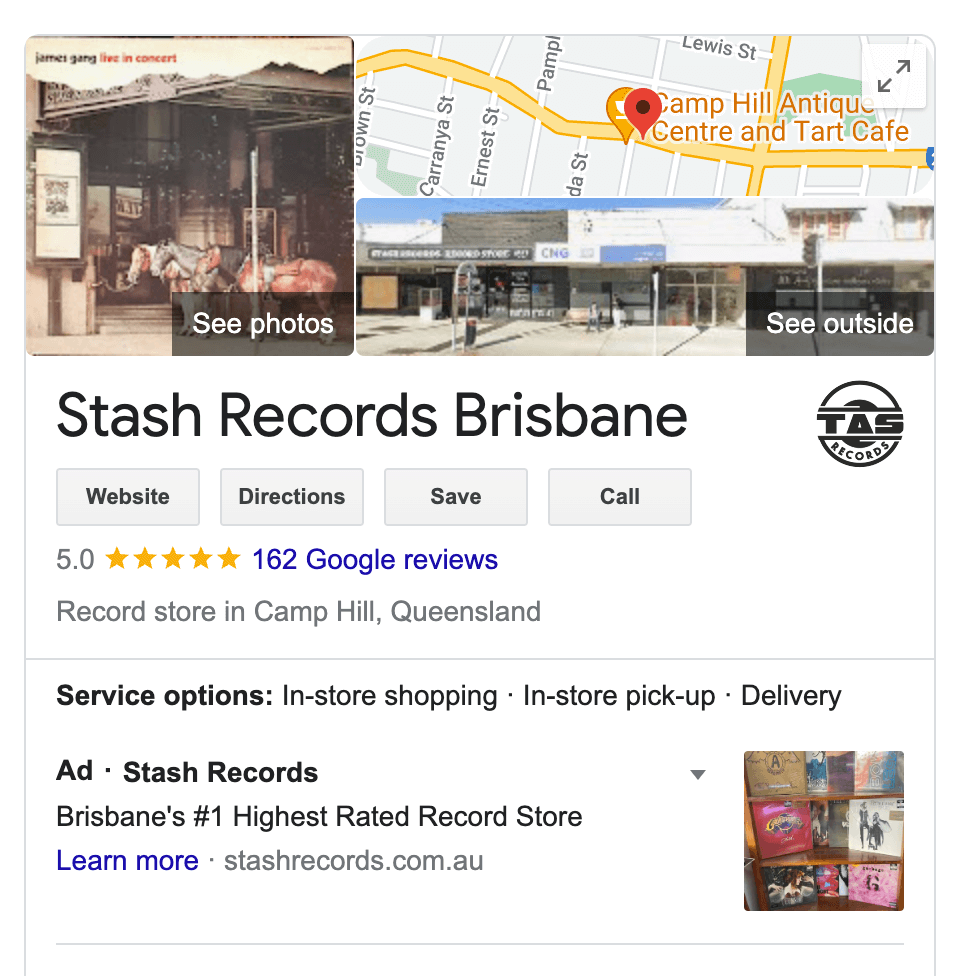

Is PayID Safe? Exploring the Security of this Innovative Payment System

As Seen On
In today’s fast-paced digital world, online payment systems have become integral to our daily lives. With the rise of innovative platforms, security concerns naturally follow. One such platform that has been gaining attention is PayID. But is PayID safe? In this article, we will delve into the security aspects of PayID, exploring its features, potential risks, and the measures in place to safeguard users.

Understanding PayID: More Than Just a Name
Before we address the burning question of safety, let’s take a closer look at what PayID actually is. PayID is a revolutionary payment system that allows users to link their bank account to a unique, easy-to-remember identifier, such as a phone number or email address. It means no more fumbling with lengthy account numbers – punch in your PayID, and you’re good to go. It’s like having your personalised key to digital transactions.
PayID vs UPI:
PayID and UPI (Unified Payments Interface) are both innovative payment systems, each with its own unique features and benefits. PayID is a part of the New Payments Platform (NPP) in Australia, while UPI is a payment system used exclusively in India.
PayID: Simplifying Transactions Down Under
PayID is a new way to address NPP payments, designed to make money transfers easier. It allows users to link their bank account to a unique, easy-to-remember identifier, such as a phone number or email address. It eliminates the need to remember long BSB or account numbers, making transactions more convenient and efficient. PayID also offers benefits such as speed, accuracy, and extra security, as the recipient’s name is displayed before the transaction is confirmed.
UPI: Empowering Digital Payments in India
On the other hand, UPI is a payment system used exclusively in India, offering a seamless and speedy digital payment experience with zero transaction fees. It involves a virtual payment address (VPA) and can be initiated using a mobile phone number or a unique identifier linked to a bank account. UPI has gained significant traction in India, handling billions of transactions and is set to expand internationally.
The Security Behind PayID: Fort Knox or House of Cards?
Now, let’s get down to the nitty-gritty – is PayID safe? The short answer is yes, but like any system, it has vulnerabilities. Here’s a rundown of the security features that make PayID a safe bet for your digital transactions:
- Encryption: PayID employs state-of-the-art encryption to protect your data in transit and at rest. It means that your information is jumbled into an unreadable format as it travels through the digital highway, making it virtually indecipherable to any prying eyes.
- Fraud Monitoring: The platform has robust fraud monitoring tools that keep a vigilant eye on all transactions. Any suspicious activity is promptly flagged, ensuring that your hard-earned cash stays right where it belongs – in your account.
- User Authentication: When you pay using PayID, the system double-checks to ensure you are who you say you are. This two-factor authentication adds an extra layer of security, making it significantly harder for cyber-criminals to pull off any shenanigans.
The Human Element: Why You’re the X-Factor
While PayID has locked and loaded security measures, the human element remains a wild card. It’s crucial to play your part in keeping your transactions secure. Avoid using obvious identifiers as your PayID, such as “123456,” or “password.” Instead, opt for something unique and hard to guess, like “PineapplePizzaLover1987.” After all, a little creativity can go a long way in keeping your digital assets safe.
The Numbers Game: What Do the Stats Say?
Let’s crunch some numbers to put things into perspective. According to a recent study by Cybersecurity Ventures, global cybercrime costs are expected to grow by a whopping 15% per year over the next five years, reaching USD 10.5 trillion annually by 2025. In the face of such staggering figures, it’s more important than ever to choose payment systems with robust security measures – and PayID seems to fit the bill.
Risks of using PayID:
Using PayID for transactions comes with certain risks, and it’s essential to be aware of them to protect yourself. Here are some of the risks associated with using PayID:
- PayID Scams: There have been reports of PayID scams targeting individuals selling items on online marketplaces. Scammers may impersonate legitimate PayID transactions, leading to financial loss for the seller. The scam typically involves the scammer claiming to have made a payment but insisting that the seller needs to “upgrade” their account or make an additional payment to release the funds. If the seller transfers any money, it goes directly to the scammer and is lost.
- Fraudulent Requests: Scammers may ask for money to “upgrade” an account or to access PayID. It’s important to note that PayID is a free service, and no charges are associated with using it. If someone asks for money about PayID, it’s a red flag for a potential scam.
- Impersonation Scams: PayID impersonation scams often target people selling items on second-hand websites. Scammers exploit PayID as a relatively new payment method, and they may push to buy an item using PayID, leading to financial loss for the seller.
- Security Measures: While PayID has security measures, it’s crucial to be cautious and verify the payment details before proceeding with a transaction. Always ensure that the registered PayID name displayed is the intended recipient before confirming the payment.
Frequently Asked Questions:
Can PayID be used for international transactions?
Yes, PayID can be used for international transactions, provided that the participating financial institutions support it.
What should I do if I suspect fraudulent activity on my PayID account?
If you notice any suspicious activity, contact your financial institution immediately to report the issue and take appropriate measures to secure your account.
Is PayID compatible with all banks and financial institutions?
While the number of institutions supporting PayID is growing, it’s best to check with your bank to confirm compatibility.
The Verdict: Is PayID Safe?
In conclusion, is PayID safe? The evidence points to yes. With its cutting-edge security features and user-friendly interface, PayID offers a safe and convenient way to handle digital transactions. However, it’s essential to remember that no system is foolproof. By exercising some common sense and following best practices, you can make the most of what PayID offers while keeping your financial information secure.
Konger
Up until working with Casey, we had only had poor to mediocre experiences outsourcing work to agencies. Casey & the team at CJ&CO are the exception to the rule.
Communication was beyond great, his understanding of our vision was phenomenal, and instead of needing babysitting like the other agencies we worked with, he was not only completely dependable but also gave us sound suggestions on how to get better results, at the risk of us not needing him for the initial job we requested (absolute gem).
This has truly been the first time we worked with someone outside of our business that quickly grasped our vision, and that I could completely forget about and would still deliver above expectations.
I honestly can't wait to work in many more projects together!
Disclaimer
*The information this blog provides is for general informational purposes only and is not intended as financial or professional advice. The information may not reflect current developments and may be changed or updated without notice. Any opinions expressed on this blog are the author’s own and do not necessarily reflect the views of the author’s employer or any other organization. You should not act or rely on any information contained in this blog without first seeking the advice of a professional. No representation or warranty, express or implied, is made as to the accuracy or completeness of the information contained in this blog. The author and affiliated parties assume no liability for any errors or omissions.

